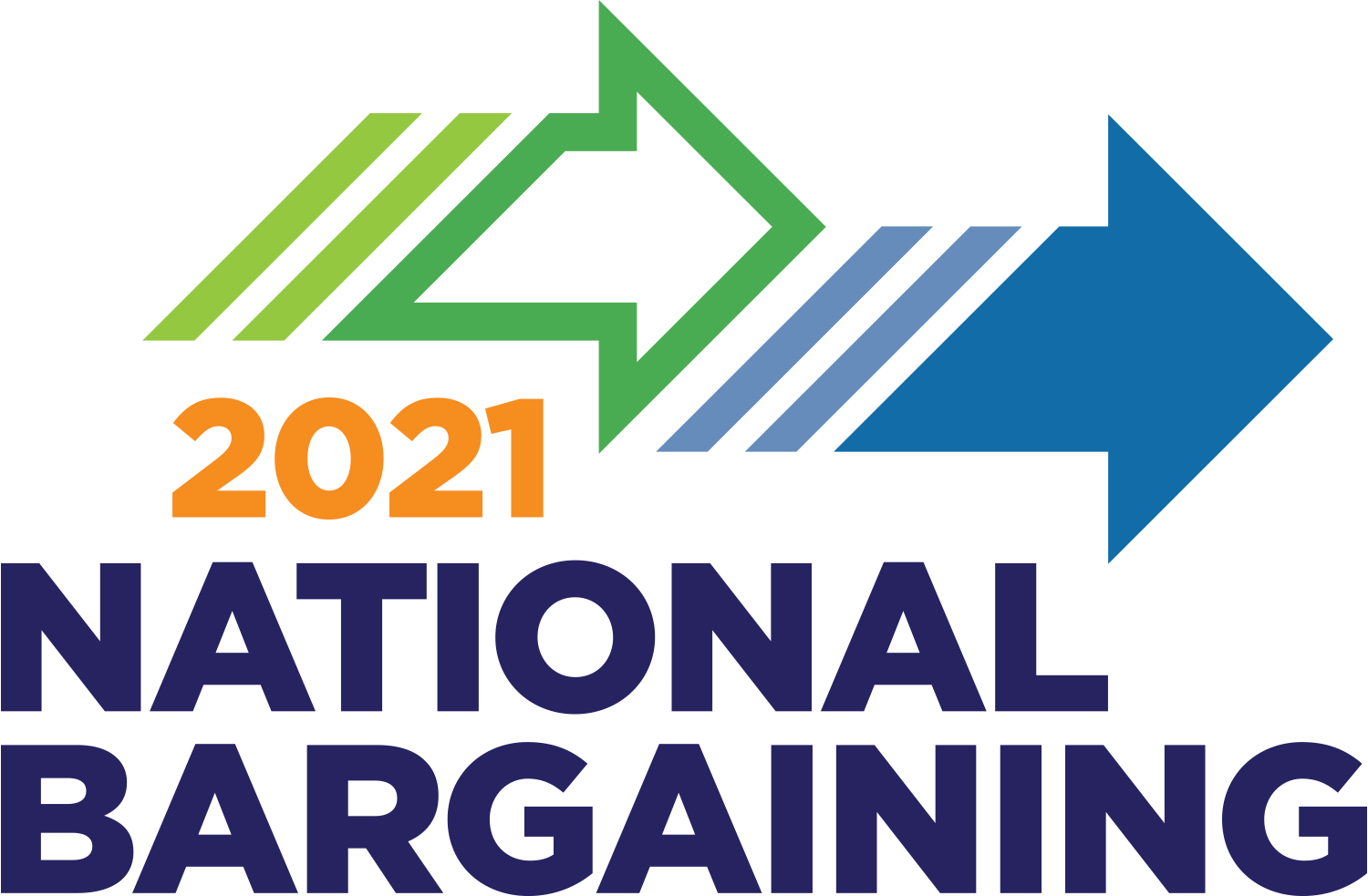HANK Spring 2012
Tips on Keeping Injury Rates Down, From KP's Leading Region
Workplace accidents are costly and preventable
For the second year in a row, the Northwest region experienced the fewest workplace injuries of any hospital-based region in Kaiser Permanente. The Northwest ended the 2011 reporting year with a 15 percent improvement over injury rates in 2010. (The two California regions, Hawaii and the Northwest operate hospitals, while Colorado, Georgia, the Mid-Atlantic States and Ohio do not.)
Workplace Safety Committee co-leads Marilyn Terhaar and Susan McGovern Kinard attribute the region’s success to several factors:
- Real-time information. Terhaar sends safety alert emails to managers, stewards, UBT co-leads and safety champions. The alerts list the injuries for the prior week and offer safety tips and resources.
- Goals at the frontline. Keeping injury rates low is a regional goal and a PSP goal. Unit-based teams are encouraged to work on these workplace safety issues prior to tackling other goals.
- Culture change. Safety conversations have become part of the workplace culture. If an employee sees someone not working safely or a hazard in the work area, she or he speaks up, knowing the problem will be addressed.
- Investigation. The approach to safety is proactive. The Employee Health and Safety department investigates the root cause of an accident and tries to make sure the accident does not happen again.
High cost to both employees and KP
Employee injuries are significant in several ways. An injured employee may lose pay and time at work, and a department may have to work short, which may impact patient care. And there’s a financial impact on the organization—which eventually could affect member premiums.
“The cost to open a workers’ compensation claim is about $1,200 on average,” says Terhaar. “Once you start adding in medical and surgical costs, the expenses can soar.”
Indemnity claims—those claims that cover employees with more serious injuries that require a longer time off—average $21,000.
“That’s one of the reasons we have such a laser focus on safe patient handling. The risk to the employee for injury is so great,” explains McGovern Kinard.
Prevention
The Northwest region employs a well-constructed safe patient handling program. New employees are trained on safe patient handling, and more than 1,000 employees were retrained in 2011. Hospital and clinic policies require staff to move patients using safe handling techniques and equipment.
“We have mobile lifts and overhead lifts at Kaiser Sunnyside Medical Center and will have the same equipment at our new hospital opening next year,” says Paulette Hawkins, RN, a workplace safety consultant. “In addition, all medical and dental clinics have mobile lifts and receive annual hands-on refresher training on request.”
Members of the workplace safety committee aren’t resting on their laurels. This year, they plan to bring the focus of safety to the UBT level.
“Most teams can solve their own issues,” say McGovern Kinard. “There’s been an increase in awareness that’s been growing steadily over the last five years. Our numbers say it all.”
